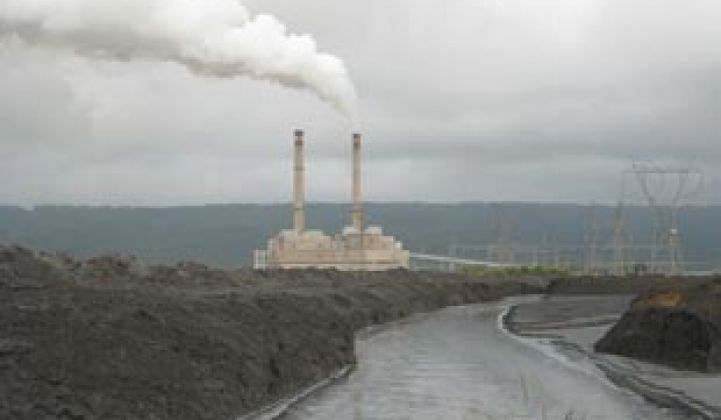President Obama spoke with conviction about energy efficiency and addressing climate change during his State of the Union address. The former could garner bipartisan support without too much trouble, but the latter remains divisive.
A new poll shows that the majority of Americans are with the president, however, even if Congress remains divided. A national poll conducted by Natural Resources Defense Council and Public Policy Polling found that 60 percent of Americans support the president in his effort to use his authority to reduce dangerous carbon pollution.
People who identified as Democrats were most likely to support the idea of the president using his authority to tackle carbon emissions, while only 21 percent of Republicans supported it. But more than half of independents, 53 percent, also supported the president using his office to tackle climate change.
While some would note that younger demographics are more inclined to vote Democrat and support the president, the poll of 1,000 Americans also found that it was older Americans that had the highest percentage of agreeing that climate change should be a priority in Obama’s second term, compared to those under 65.
The quick poll, which was conducted just after the speech concluded, did not get into the details of how the president, or Congress, might actually tackle climate change.
“I urge this Congress to pursue a bipartisan, market-based solution to climate change, like the one John McCain and Joe Lieberman worked on together a few years ago,” Obama said on Tuesday night. “But if Congress won't act soon to protect future generations, I will. I will direct my Cabinet to come up with executive actions we can take, now and in the future, to reduce pollution, prepare our communities for the consequences of climate change, and speed the transition to more sustainable sources of energy.”
People aren’t exactly holding their breath on bipartisan support on this issue. Instead, any action will likely have to come from the White House.
About 40 percent of the nation’s carbon emissions come from power plants, Frances Beinecke, president of NRDC, noted in a call Wednesday morning. Her organization would like Obama to use his position to combat carbon emissions from power plants in the same way he did to make changes to fuel economy standards and emissions for future power plants.
While the fuel economy standards were put together with industry support, the new EPA rules regarding cross-state air pollution and the MATS rule are being fought by the industry. Any regulations that would curb emissions from existing plants would likely face the same pushback.
The State of the Union is also a speech about lofty goals in the year to come, rather than the reality of politics. Energy efficiency, another issue that was given lip service on Tuesday, is one area where real action is far more likely to happen. More than 70 percent of small businesses support government investment in energy efficiency, according to John Arensmeyer, founder and CEO of the nonprofit Small Business Majority.
Beinecke noted that she was just on the Hill earlier this week testifying to the Energy and Natural Resources Committee on the subject of energy efficiency. There is expected to be legislation within the year, including the reintroduction of the Shaheen-Portman bill, which tackles national energy efficiency. NRDC’s plan for cutting carbon emissions is a combination of energy efficiency and emissions limits for power plants.
“We can choose to believe that Superstorm Sandy, and the most severe drought in decades, and the worst wildfires some states have ever seen were all just a freak coincidence,” Obama said. “Or we can choose to believe in the overwhelming judgment of science -- and act before it's too late.”
One point missing from his speech is just when, exactly, is “too late.”



